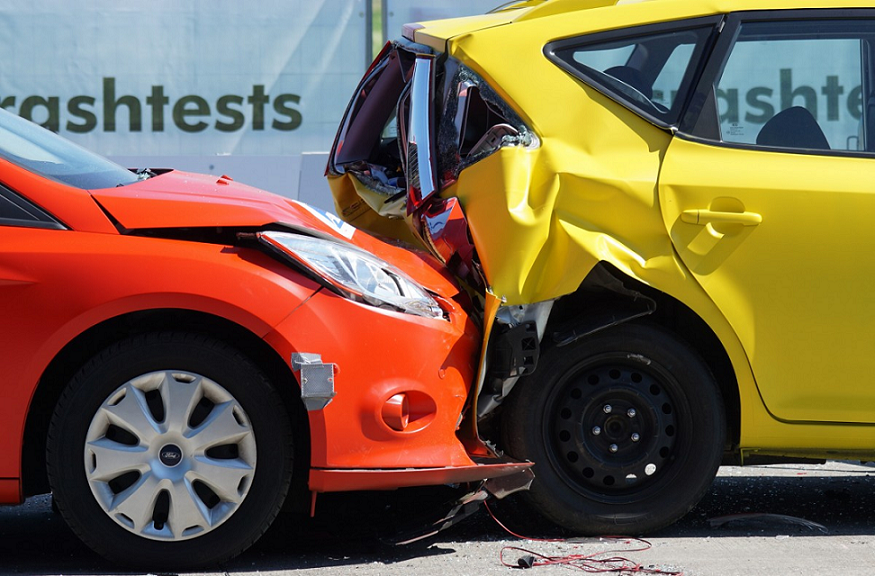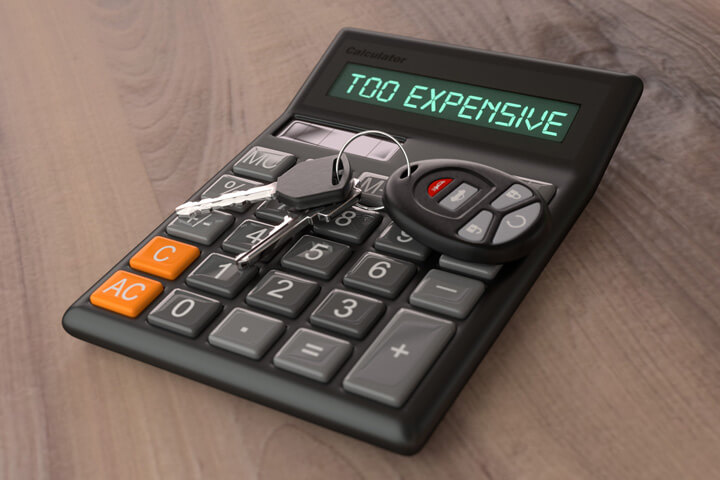Why Do You Need Car Insurance Participation Fee
By Andrea Nicole
Posted on Oct 26, 2020

Source: PxHere
When you got into an accident and you have already filed your claims, you first need to proceed with your participation fee payment before your insurer will handle the rest of the claim value. But have you ever thought about why you need a car insurance participation fee? What is it for, and why is it important? Let us find out in this article!
What is a car insurance participation fee?
The amount that you pay straight out of your pocket to your car insurance provider each time you make a claim is called the participation fee. You need to first complete your participation fee payment before your car insurance provider will shoulder the remaining on the claim value.
The participation fee is one of the requirements for most insurance car claims, and as a policyholder, you are required to participate in the cost of insuring your car. In a more simple explanation, this only means that you have to contribute to the expenses to repair your damaged vehicle after an accident.
Why do you need to pay for a participation fee?
Are you thinking about why car insurance providers charge a participation fee? Well, during the aftermath of a disaster, filing for claims will surely spike up to the point that the insurance providers will experience losses. Aside from that, there are also these three major reasons why they started asking for the participation of their clients in the insurance claims.
- The driver of the vehicle is the one liable for any damage incurred during an accident.
- Having participation fees discourages people from making their claims.
- Lastly, the participation fee prevents the car owners from abusing their insurance benefits by claiming minor vehicle damages.
Types of participation fee
In the Philippines, car insurance includes these fees when you file a claim for your policies: deductible fee and depreciation fee.
Deductible Fee
The deductible fee is considered as an "administrative charge" to be applied whenever you file an incident to claim proceeds of your car insurance policy. The amount of fees are different for each policy.
Here are some of the general coverages on a policy wherein a deductible fee is applied: collision, theft/own damage, comprehensive, and even for injury protection. Most of the time, deductible fees are applied when it is found out that it was you who caused damage or it was your fault for your accident. A portion of what you pay for this fee goes to vehicle repairs, so in the end, you will still benefit from deductible fees.
Depreciation Fee
On the other hand, depreciation fees are dependent on the age of your car and its depreciated value. Part of what you pay for this fee will be used to buy new parts whenever you damage your car.
The fee is basically the difference of the value of the part at its original purchase date to the value of the part when it was damaged and would be replaced with a new one. Keep in mind that the vehicle must be older than three years to be eligible for the depreciation fee and that this fee cannot be used on cases such as total vehicle loss.
How to Compute Participation Fee

Source: Moneyshake
If you want to know how to compute for the participation fee that you will shoulder when you file a claim, here are the steps that you should take note of:
- You can compute for your deductible fee simply by multiplying your car’s Fair Market value, or FMV, by 0.5% or 1% depending on the type of vehicle that you have, If the amount that you will get is higher than Php 2,000 or Php 3,000 if you have a commercial vehicle, then that is your deductible fee. Otherwise, you will have to pay only for the minimum deductible fee.
- Next, you may calculate the depreciation fee by multiplying your vehicle repair cost or replacement part cost by the corresponding rate in your policy’s depreciation schedule. For example, if your car is at least four years old, then the depreciation rate is 20% or 0.2. However, if your vehicle is just three years old or below, no depreciation fee will be computed.
- Lastly, you may now compute for your participation fee by adding the deductible fee and the depreciation fee, if there is any. The resulting amount will be the total car insurance participation fee that you are required to pay.
Something to ponder
Just because we know that someone else will shoulder the consequences of our actions doesn’t mean that we have a free pass to do what we want to do—just like not being responsible while driving. We still need to be liable in keeping our actions and responsibilities in check, which is why the car insurance participation fee was created.
Let us also remember that when driving, our life and the life of other people are on the line. So, be responsible and more careful!

